#John Ferguson Weir
Photo
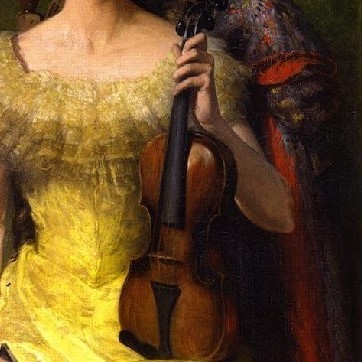






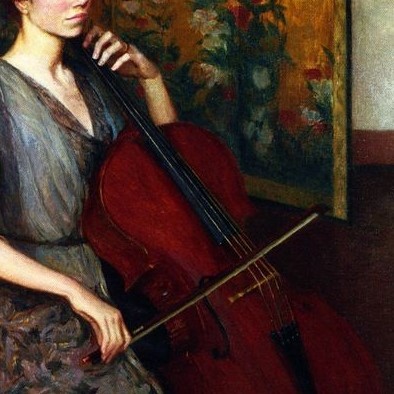

Art Details Series: Play for me
|| John Ferguson Weir, Henry William Pickersgill, Georges Antoine van Zevenberghen, Luis Álvarez Català, Thomas Wilmer Dewing, Jan Frederik Pieter Portielje, Lilla Cabot Perry, Michel Garnier ||
#women#women in art#art#art details#art detail#20th century art#19th century art#18th century art#17th century art#paintings#painting#oil painting#instruments#John Ferguson Weir#Henry William Pickersgill#Georges Antoine van Zevenberghen#Luis Álvarez Català#Thomas Wilmer Dewing#Jan Frederik Pieter Portielje#Lilla Cabot Perry#Michel Garnier#art series
580 notes
·
View notes
Text

Christmas Eve (John Ferguson Weir, 1865)
49 notes
·
View notes
Photo

John Ferguson Weir, My Favorite Model
17 notes
·
View notes
Photo

‘Portrait of Paul Sabatier (1848-1928)’ as painted in 1871 by John Ferguson Weir (1841-1926).
5 notes
·
View notes
Text

John Ferguson Weir, Japanese Iris c.1900
3 notes
·
View notes
Video
John Ferguson Weir, Lady in Black, 1880, Oil on canvas, 3/24/21 #cheekwood by Sharon Mollerus
#1880#Nashville#Lady in Black#botanical#John Ferguson Weir#Cheekwood Estate & Gardens#mansion#Oil on canvas#Tennessee#TN#flickr
0 notes
Text
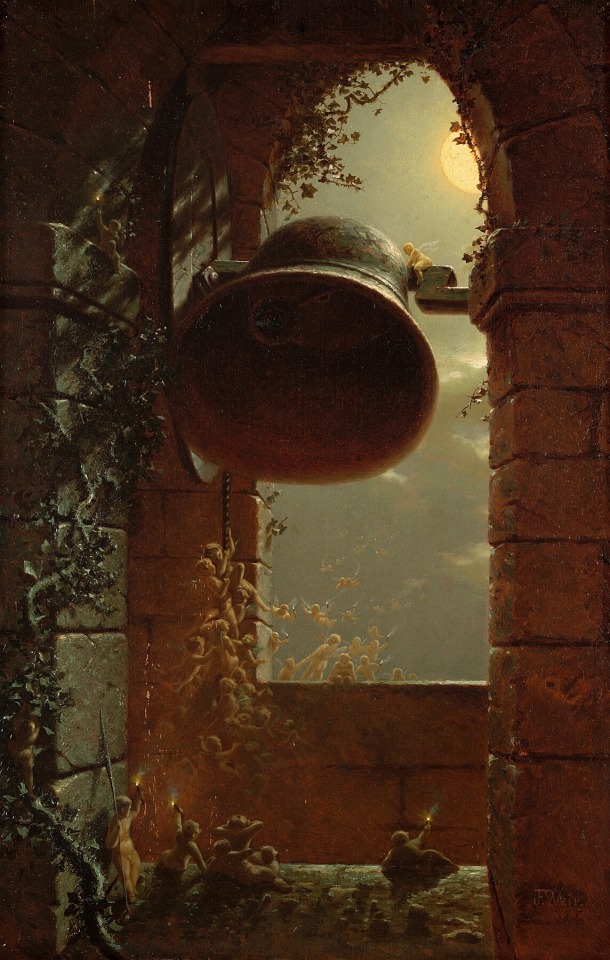
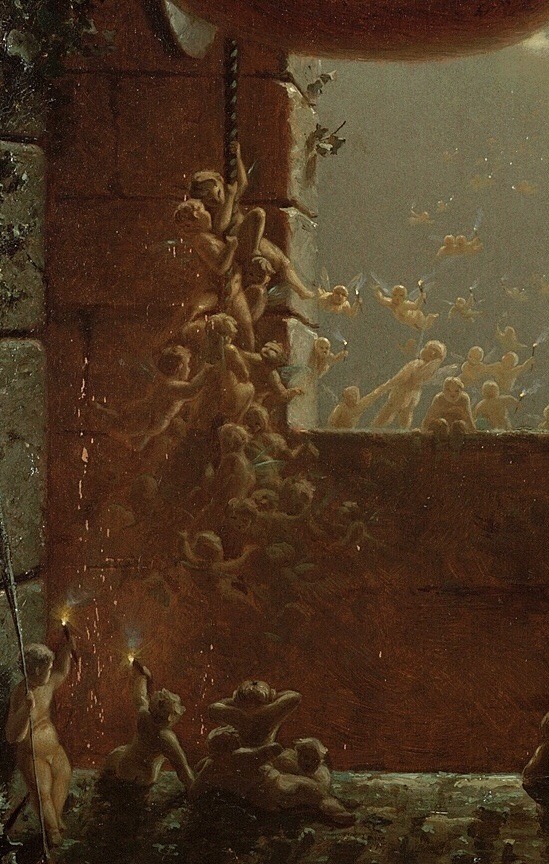
Christmas Eve (1865)
— by John Ferguson Weir
#christmas eve#christmas#xmas#painting#art#artblr#oil on canvas#oil painting#fairycore#faecore#fae folk#winter#classical art#classic academia#whimsical#whimsicore#cozycore#fairytale#fairytales#artist#romantic academia#fine art#art history#artists#art community#art gallery#art blog
587 notes
·
View notes
Text

Художник Джон Фергюсон Вейр (John Ferguson Weir) http://dlvr.it/T6JTwj
12 notes
·
View notes
Photo

Niagara Falls
John Ferguson Weir
98 notes
·
View notes
Photo

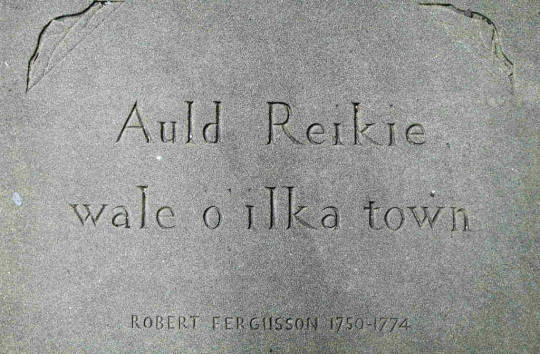
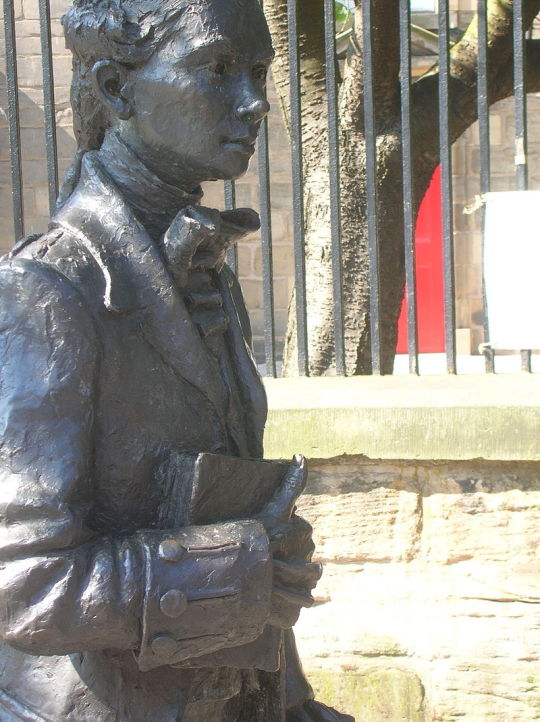
On September 5th 1750, the poet Robert Fergusson was born in the Canongate in Edinburgh.
‘Auld Reikie wale o ilka town’
This line from Auld Reikie, by Ferguson sets the tone for the main body of his output as a poet, written in the Scots tongue that Burns would later write so successfully in, if this other Robert had lived longer than the short years on this planet, I really do think that he would have been our national poet. The line means Edinburgh: best of every town, so he was a champion of the city that he was born in.
Fergusson was brought up initially in Edinburgh but then moved to Dundee where he attended high school before being matriculated to the St Andrews University in 1765.
After the death of his father and completing his studies, the responsibility for supporting his mother fell upon Fergusson and he moved back to Edinburgh, taking up a post as a copyist. This caused some friction with his uncle as Fergusson had essentially rejected the excepted professions of the time such as lawyer or going into the church as a priest. In 1771 he began to contribute poems to Ruddiman’s Weekly Magazine..
It was after he met Scottish preacher John Brown in Haddington Cemetery in 1772 that Fergusson, the 22-year-old copyist and author of Auld Reekie, had until then been a convivial man, at the heart of Edinburgh’s literary and social scene. But soon after encountering the theologian, he became gripped by “religious melancholia”. He shunned the limelight, preferring to stay at home and read his Bible, and his works took on a gloomy air. Then, a year after predicting he might share the fate of John Cunningham, a poet who had died in a mental asylum in Newcastle, young Robert had a fall in which he suffered a head injury, his fears were to become reality and ended up in Darien House, part of the city’s Bedlam asylum, on Bristo Place, where those with mental illnesses were offloaded. The conditions were terrible – food was in short supply and the use of restraints was commonplace.
Within weeks Fergusson was dead. His brutal end deprived Scotland of another potential bard (Robert Burns, who was inspired by his verse, erected a memorial on his unmarked grave in Canongate Kirkyard). His death was also a catalyst for a change in the way the city of Edinburgh looked after it’s mental health patients, thanks to a man who was a visitor of Robert Fergusson in Bedlam, Doctor Andrew Duncan. In a letter to the Scottish Sheriff Deputy the doctor wrote of his experience of his visits with the poet that it “afforded me an opportunity of witnessing the deplorable situation of Pauper Lunatics even in the opulent, flourishing, and charitable Metropolis of Scotland”. By establishing the asylum in Morningside, Duncan contributed to Fergusson’s legacy, not just as a brilliant poet, but as someone who had a lasting impact on public health in Scotland.
I’ve chosen Fergusson’s poem Braid Claith today, the title is a simple one and easily translates to Broad Cloth a traditionally woollen fabric
The Daft Days.
Now mirk December's dowie face
Glours our the rigs wi' sour grimace,
While, thro' his minimum of space,
The bleer-ey'd sun
Wi' blinkin light and stealing pace,
His race doth run.
From naked groves nae birdie sings,
To shepherd's pipe nae hillock rings,
The breeze nae od'rous flavour brings
From Borean cave,
And dwyning nature droops her wings,
Wi' visage grave.
Mankind but scanty pleasure glean
Frae snawy hill or barren plain,
Whan Winter, 'midst his nipping train,
Wi' frozen spear,
Sends drift owr a' his bleak domain,
And guides the weir.
Auld Reikie! thou'rt the canty hole,
A bield for mony caldrife soul,
Wha snugly at thine ingle loll,
Baith warm and couth;
While round they gar the bicker roll
To weet their mouth.
When merry Yule-day comes, I trow
You'll scantlins find a hungry mou;
Sma' are our cares, our stamacks fou
O' gusty gear,
And kickshaws, strangers to our view,
Sin Fairn-year.
Ye browster wives, now busk ye bra,
And fling your sorrows far awa';
Then come and gie's the tither blaw
Of reaming ale,
Mair precious than the well of Spa,
Our hearts to heal.
Then, tho' at odds wi' a' the warl',
Amang oursells we'll never quarrel;
Tho' Discord gie a canker'd snarl
To spoil our glee,
As lang's there's pith into the barrel
We'll drink and 'gree.
Fiddlers, your pins in temper fix,
And roset weel your fiddle-sticks,
But banish vile Italian tricks
From out your quorum,
Nor fortes wi' pianos mix,
Gie's Tulloch Gorum.
For nought can cheer the heart sae weil
As can a canty Highland reel,
It even vivifies the heel
To skip and dance:
Lifeless is he what canna feel
Its influence.
Let mirth abound, let social cheer
Invest the dawning of the year;
Let blithesome innocence appear
To crown our joy,
Nor envy wi' sarcastic sneer
Our bliss destroy.
And thou, great god of Aqua Vitæ!
Wha sways the empire of this city,
When fou we're sometimes capernoity,
Be thou prepar'd
To hedge us frae that black banditti,
The City-Guard.
14 notes
·
View notes
Photo

John Ferguson Weir (1841 - 1926), "A Midsummer Night’s Dream,” 1867 #myartera (at Royal Oak, Michigan) https://www.instagram.com/p/ChQb7xhP5wa/?igshid=NGJjMDIxMWI=
2 notes
·
View notes
Note
who is the artist of the pieces in your last post?
The flower painting is by John Ferguson Weir, the painting of the woman I have been unable to find out who the author is.
1 note
·
View note
Photo

Figure Overlooking West Poin, John Ferguson Weir (American, 1841-1926)
#Figure Overlooking West Point#Art#John Ferguson Weir#american artist#hudson river school#Scenery#Landscape#Artedit
90 notes
·
View notes



